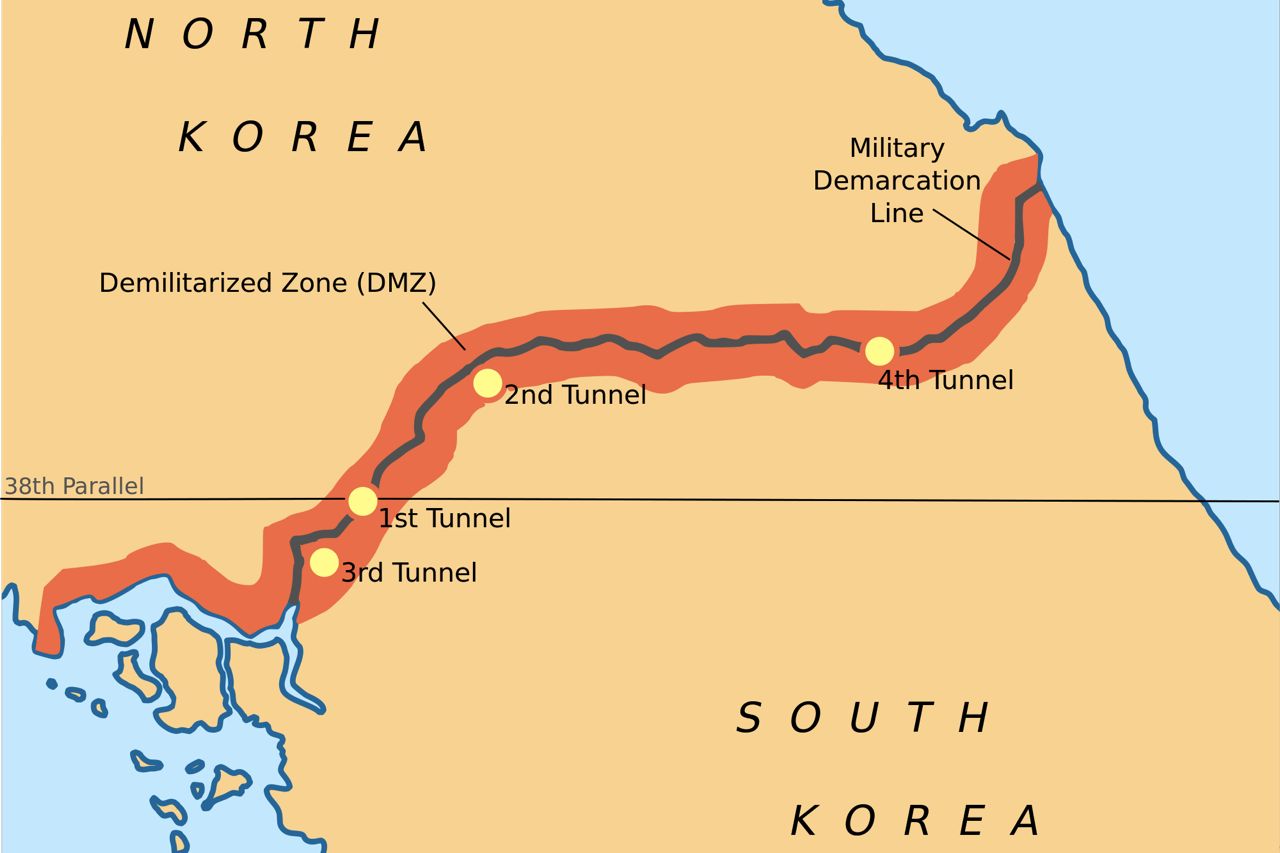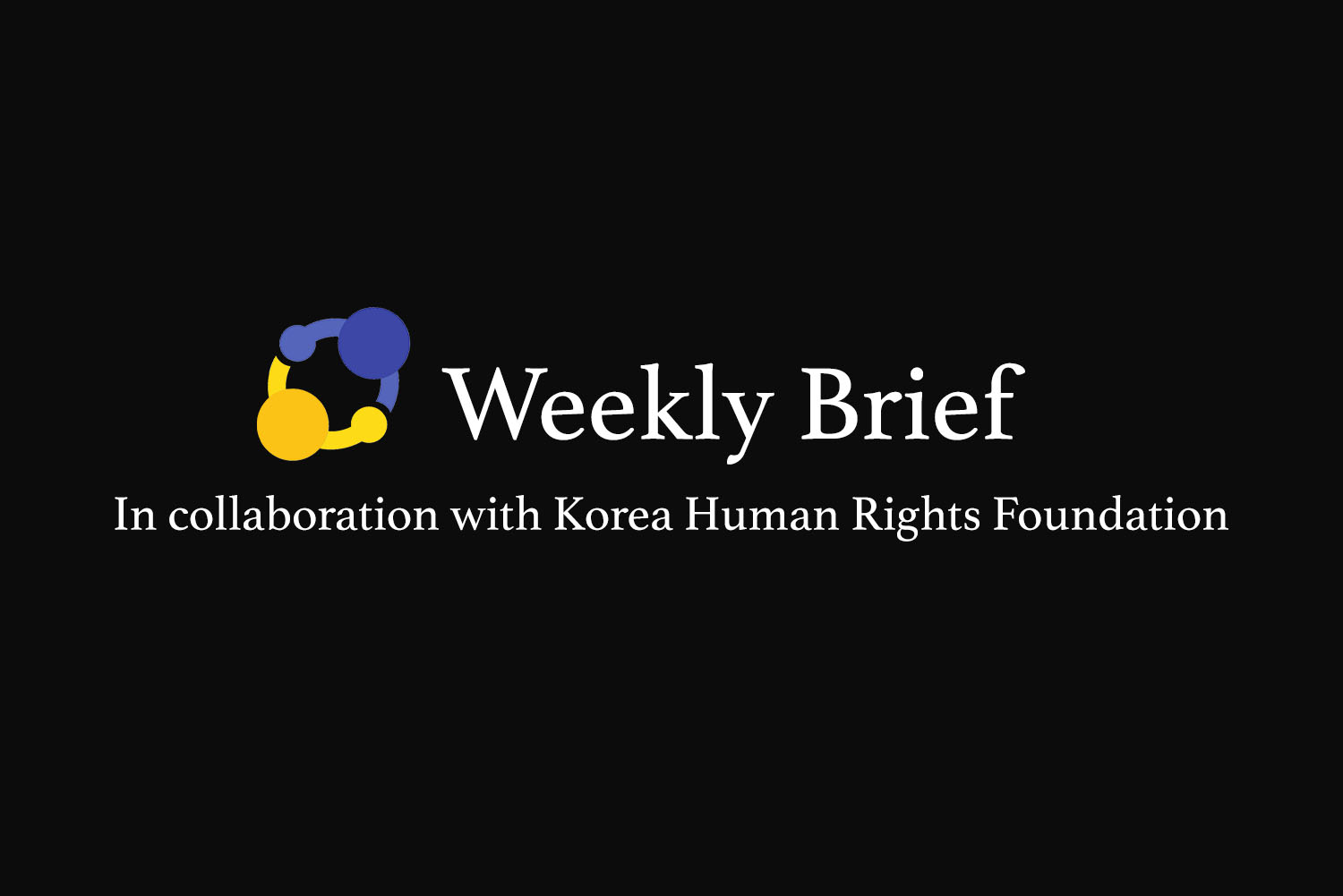
Beyond Blood and Bloody Relations
My grandmother was born in Inje County, Gangwon Province, in what is now South Korea. She was displaced by the division of the peninsula, ending up in the North. I vividly remember her repeatedly saying she wanted to visit Jeju Island before leaving this world. The irony is that I, her grandson, was able to visit Jeju last year but this time round as a contemporary displaced person. A defector, unable to see his own grandmother, can be in the very place she longs to see. The reality renders me pensive; the division of the peninsula is unnatural but fixed in global politics.
The heart-wrenching song “Our Wish is Unification” beautifully represents the Korean people’s dream of being one again after the division of 1947. However, regardless of how strongly we pray, the reality is that governments of the two Koreas are firmly in place, and the relations between the two remain in an uneasy ceasefire. That is why it is high time to step away from the emotionally charged approaches toward unification that have long been deployed, and instead employ a rational approach in order to find a way to overcome the insurmountable obstacles that both governments have faced in the past.
Emotions toward unification contain two opposing elements: blood and bloody. The former compels an idea of a great Korean race with a shared 5000-year history and a collective sense of brotherhood and suffering during harsh Japanese rule. The latter is grounded in the three years of fratricidal war that killed over 2.5 million and created displaced 10 million people for both North and South of the peninsula.
Even before the war broke out, many defected south to avoid religious persecution and class cleansing through land reforms, contributing to the number of displaced people. Every time the mid-autumn festival rolls around on the southern side of the DMZ, silhyangmin — displaced people — go to the Odu Mountain Unification Observatory in Paju, South Korea, to ease homesickness. It is no surprise to see that so many elderly people have such hatred and distrust toward the North Korean regime yet maintain a strong emotional desire for a unified tomorrow.
I did not experience the war, and while my personal feelings toward the North might not be as harsh, I deeply sympathise with the Northerners who are forced to live in the South. My feelings toward the North do not stem from the sudden loss of my father or home. No. They are rooted in the constant fear of being captured and consequently eliminated that I experienced in the North. But when people ask me as they often do, “Do you want unification?” I say, of course, I do! I am one of the most fervent supporters of unification because I want to see my friends and relatives who were always around me and cared for me. These memories are still vivid. They are not from half a century ago, but a mere decade.
But emotions are emotions, and my personal feeling should not have a bearing on the future of the Korean Peninsula. If inter-Korean policy is solely driven by our emotions, as it has been in the past, it puts us in great danger of limiting our scope of action. When we emphasise tragic events and victimisation, we are actually looking for a target to take vengeance upon, who needs to take responsibility for creating and maintaining such inhumane circumstances. Where there is a victim, there should be a criminal. The South blames North and vice versa. Bound in this vicious cycle, the two Koreas find it difficult to exercise rational judgement, and easy to pull the masses toward hatred when conflict arises.
Relying solely on emotional catchphrases such as ‘One Korea’ or ‘the Korean Race’ does not help either side establish a consistent policy for managing inter-Korean relations. An emotion can easily be turned upside-down following an act of belligerence or an event of significance. This is why the so-called Sunshine Policy was easily squashed by counter-arguments and immediately dismissed following a change of government.
The spectrum of unification policies has been narrowed down to either containment of the evil regime (Cold War policy) or engagement (Sunshine Policy). North Korea pundits and political scientists refer to this as the ‘unique circumstance’ surround inter-Korean relations. Normally a government must consider both arguments. But in this case, just sitting back and not saying anything as opposed to mere rhetoric appears to be the safest policy. Choose neither, and you cannot be blamed at all, so the idea goes.
Turn to the social reality: integration is now impossible. Having different political and economic systems on a single peninsula for almost 65 years has created two distinctive societies. Yes, both hold similar cultures such as language, vernacular script and food; these are remnants passed down through history. But as much as we share many things, we now have different cultures due to a rupture in continuous history. We have become accustomed to different values and ways of life.
Moreover, in the absence of movements and exchanges across the border, we simply do not know each other. The culture shock that I had to endure was nothing like that of a village boy moving to a big city. While education about the Other exists, it does only to reinforce the sense of otherness. In the North, we learned that most South Koreans were beggars waiting to be liberated from American imperialism. Frankly I am not sure if the South is any better than that imagined entity. Military conscription only solidifies the notion of enemy. It is clear that the peninsular consist of two very different entities and there is unfortunately little reason to claim we are “as one”.
A recent survey showed that 65% of young people in South Korea support status quo rather than unification. They are not part of the pre-war generation who would find it difficult to contemplate Korea as being two. Sooner or later only the post-war generation will remain, with diminishing emotional ties with the North. The young generation cannot be blamed for being realistic unlike the apparently delusional older generation. The young feel no emotional ties to the North.
No matter what the physical reality might be, the Constitution of the Republic of Korea clearly states that its territory consists of the entire peninsula and its surrounding islands. The DPRK makes likewise claims. Both rhetorically claim legitimacy over the peninsula, rejecting each other’s regime as a mere rebel group. The DPRK refers to the ROK as “south Chosun” (Chosun being the name of the ‘entire’ country; deliberate minuscule ‘s’), and the ROK (The Korea) calls the DPRK “North Korea”. But Both reluctantly accept the other as a legitimate government in the realm of realpolitik while internationally the two are recognized as two independent nations. They are countries in their own rights, no question.
Right now, I cannot see any change in relations between the two governments since the time of Syngman Rhee and Kim Il Sung. That is regrettable but real. We must find a way to normalise the antagonistic nature of such relations in order to avoid any future disaster. As things stand now, neither side has the right to claim the whole peninsula as theirs.
Emotional appeals have proven time again to be ineffective. The pure-blooded “Korean Race” is an illusion. North and South Korea once shared a long history, but they are now truly divorced, returning to the way they once were, divided as Unified Silla and Parhae, and before that, the four kingdoms, long before the Goryeo and Joseon Dynasties made the peninsula a single polity.
Before even talking about unification (let alone reunification), both sides must recognise that they are two. It does not mean one must renounce one’s adversary. Friend or foe, we must clearly define who and which the two Koreas are. Without untangling this mess, it is difficult to imagine any positive developments in the near future. It is also all the more pressing when visible political instability in North Korea threatens another round of handwringing and fear. If the North should fall, the next step can only be nightmarish, whether the communist regime is absorbed by the South or left to languish in turmoil as a separate country. One can foresee an abrupt spillover of people threatening the stability of both the South and China, in turn threatening the stability of the entire Northeast.
In this regard, the recent Scotland independence referendum has an important implication for Korea(s). As Scotland tried to end its three-century relationship with the United Kingdom, the British Isles had to wrestle with the political and psychological interdependence of the whole realm. We must do the same here on the peninsula in the Far East. What is North Korea? What is South Korea? What is Korea? Can there truly be one Korea again, not only rhetorically but realistically?
Answering these questions may seem like a retreat from the present circumstance, one in which unification seems imminent given the possibility of regime collapse in the North. But whether the North falls or not, South Korea needs to accept the reality it has long sought to ignore: the North, as long as it stands, is real, and it exists separately from the South. If the government in Seoul is not sure of this, it could ask its own people, who have been conditioned to see North Koreans as blood, but after decades of bloody relations, can no longer see blood past the lens of bloody separation and antagonism.
Cover image: the border between the two Koreas (Credit: Rishabh Tatiraju via Wikipedia, CC BY-SA 3.0)

